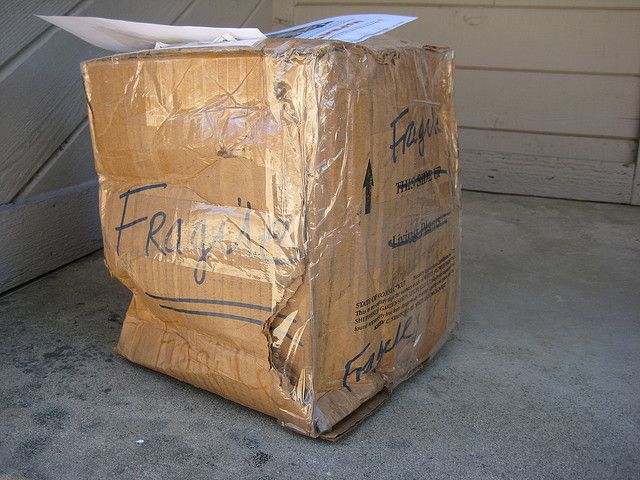
Being a claims specialist with FreightPros can be a difficult job. No one wants to get that call or email that your freight has been damaged, refused by the consignee, or outright lost by the carrier. Unfortunately, as a freight broker we don’t have any control over how the carrier handles your freight. However, we can supply you with the tools to fight the good fight when it comes to damage and claims.
We have lots of blog posts on how to receive an LTL shipment, why PODs/delivery receipts are so important, how to actually file a claim, and even the importance of getting third party insurance on your freight. This post, however, will focus on some of the many questions I get about the claims process, and hopefully these answers will help to set the proper expectations when filing your freight claim.
Q: “If my freight damage was signed for, I took pictures, and put all the accurate information in my claims documents, I’m guaranteed a 100% payout on my claim, right?”
A: Not necessarily. Some important things to remember about your claim are: the amount you are asking for, the weight and class of the freight, and whether or not the product was new or used. All claims require a commercial invoice declaring the value of the damaged product. If the freight was only partially damaged and some of it was salvageable, the carrier may not pay out the full amount requested. If the product was used, the value would also be deemed less.
Weight and class are also very important factors. Carriers have limited liability for cargo claims and can base maximum payouts based on the freight’s class and weight. If you are shipping a high value item, it is always best to check with your claims specialist about a particular carrier’s liability for cargo claims, or inquire about third party insurance prior to shipping.
Q: “My claim has been ‘under review’ for more than 30 days now. Why can’t this process move faster? Can you do something about it?”
A: Unfortunately, no. As a freight broker, we do not have any control over the time frame a particular carrier sets to review and resolve their claims. Once this is process has started, it is completely up to the carrier’s claims department to either close the claim quickly, or take their time to review all the evidence presented to them before making a decision. The claims process can take up to 90 days or even a little longer depending on the carrier, so patience is always appreciated.
Q: “Our freight was clearly damaged and our claim was denied because the carrier said the POD/delivery receipt was ‘signed clean.’ Is this right?!”
A: This is why it is incredibly important to notate any damage on the POD when the freight is delivered. If no damage is signed for and the freight is accepted by the consignee, the carrier can easily say that the freight may have been damaged after the delivery, and outright deny the claim.
It is not impossible to get some sort of positive claim outcome in these instances, but it does make the process a lot more difficult. If this is ever the case with your freight, be sure to move quickly on concealed damage claims, and be very detailed with your documentation.
Q: “Is it really worth getting third party insurance for my freight?”
A: Third party insurance is always a great thing to get if you are shipping high value freight. However, just like with any other insurance company, there will be a deductible. When you’re considering getting third party insurance, keep in mind the commercial (not retail) value of your freight.
If you’re shipping something that is valued at $25,000, it’s a good idea to get third party insurance, however, if you’re only shipping freight that’s worth $650, you may be looking at a possible, maximum $150 pay out after a $500 deductible and it may not be worthwhile. Take these things into consideration prior to shipping and do what’s best for your cargo.